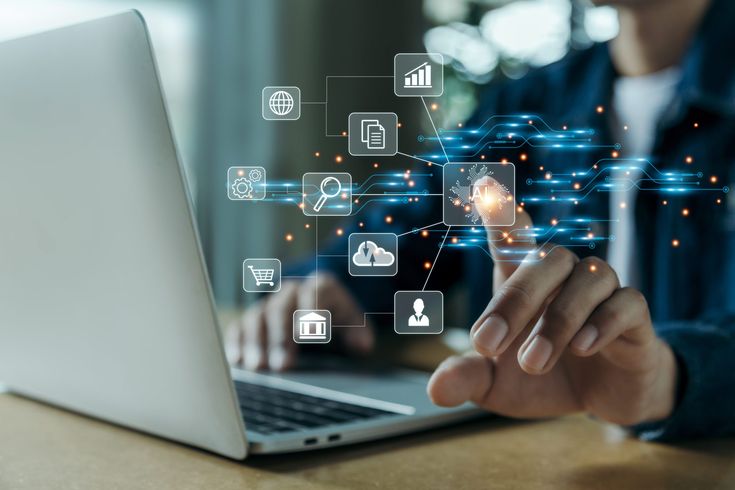This section provides an overview of the new way of thinking about data management that edge computing has brought about. It examines the revolutionary effects on different sectors and focuses on the shift from centralised cloud computing toward dispersed edge systems.
- The New Dynamics of Data Processing: A Comprehend the Edge Computing Model
This section gives a general outline of the idea of edge computing. In contrast to conventional, centralised cloud infrastructures, edge computing moves data processing closer to its point of creation, which improves real-time processing capabilities while decreasing latency. - The Devices, Networks, & Edge Nodes That Make Up Edge Computing:
This section explores the devices, networks, & edge nodes that make up the edge computing ecosystem, navigating essential components along the way. In order to analyze data efficiently at the edge, devices like IoT sensors collaborate with edge nodes in optimized networks. - Overcoming Performance Gaps with Edge versus. Cloud Computing: An Overview
Now we’ll compare and contrast the two designs, edge and cloud, and see how they differ in relation to cloud computing. This highlights the supplementary role of edge computing in bridging the gap between network latency and bandwidth issues, which is especially important for applications demanding instantaneous responses.

- How Edge Computing Is Transforming Different Industries:
This section delves into the uses of edge computing and how it is transforming different sectors. Decentralized edge computing improves responsiveness, security, and efficiency across a wide variety of use cases, including healthcare, manufacturing, autonomous cars, and smart cities. - The Internet of Things and Edge Computing Working Together to Power the Fourth Manufacturing Revolution:
In this part, we’ll talk about the interplay between the IoT and edge computing, and we’ll look at how those two technologies are working together to propel the Fourth Industrial Revolution. Internet of Things (IoT) devices may do more when sensors and data analysis at the edge are integrated. - Edge Analytics: Gain Original, Up-to-the-Millisecond Data:
In this part, we’ll go over the capacity to get real-time insights right at the point of data production, with an emphasis on edge analytics. Reduced latency and optimized bandwidth are two benefits of using edge analytics, which analyze data locally rather than sending massive amounts of raw information through central servers. - Protecting Decentralized Environments with Edge Security:
Taking a look at edge security measures, we can address the security problems. New security concerns arise with data processing moving closer to a single source, known as “edge computing,” which calls for creative solutions to protect decentralized systems. - Enhancing 5G Network Connectivity and Speed with Edge Computing:
In this part, we’ll take a look at 5G network integration and talk about how edge computing improves the capabilities with next-gen networks. Virtual realities and autonomous systems are two examples of the revolutionary applications that might be made possible by 5G’s low latency and tremendous bandwidth in conjunction with edge computing. - Things to Think About and Overcome: Challenging Deployments at the Edge:
This section addresses the difficulties and offers advice on how to implement solutions for the edge computing. Addressing worries about data protection and compliance, as well as maintaining a dispersed infrastructure, are all obstacles. - EaaS: Making Edge Resources More Accessible:
This section delves into the idea of democratizing edge resources, specifically as it pertains to Edge as a Service (EaaS). With EaaS models, enterprises can take use of the benefits of edge computing without spending a fortune on infrastructure. This makes it more accessible and scalable. - Looking Ahead: How Will Edge Computing Change Over Time?
Finally, the part on what lies ahead looks forward to the ongoing development of edge computing. Impending changes in data management are likely to be brought about by innovations in edge computing, widespread adoption across industries, and its incorporation into the digital ecosystem as a whole.
